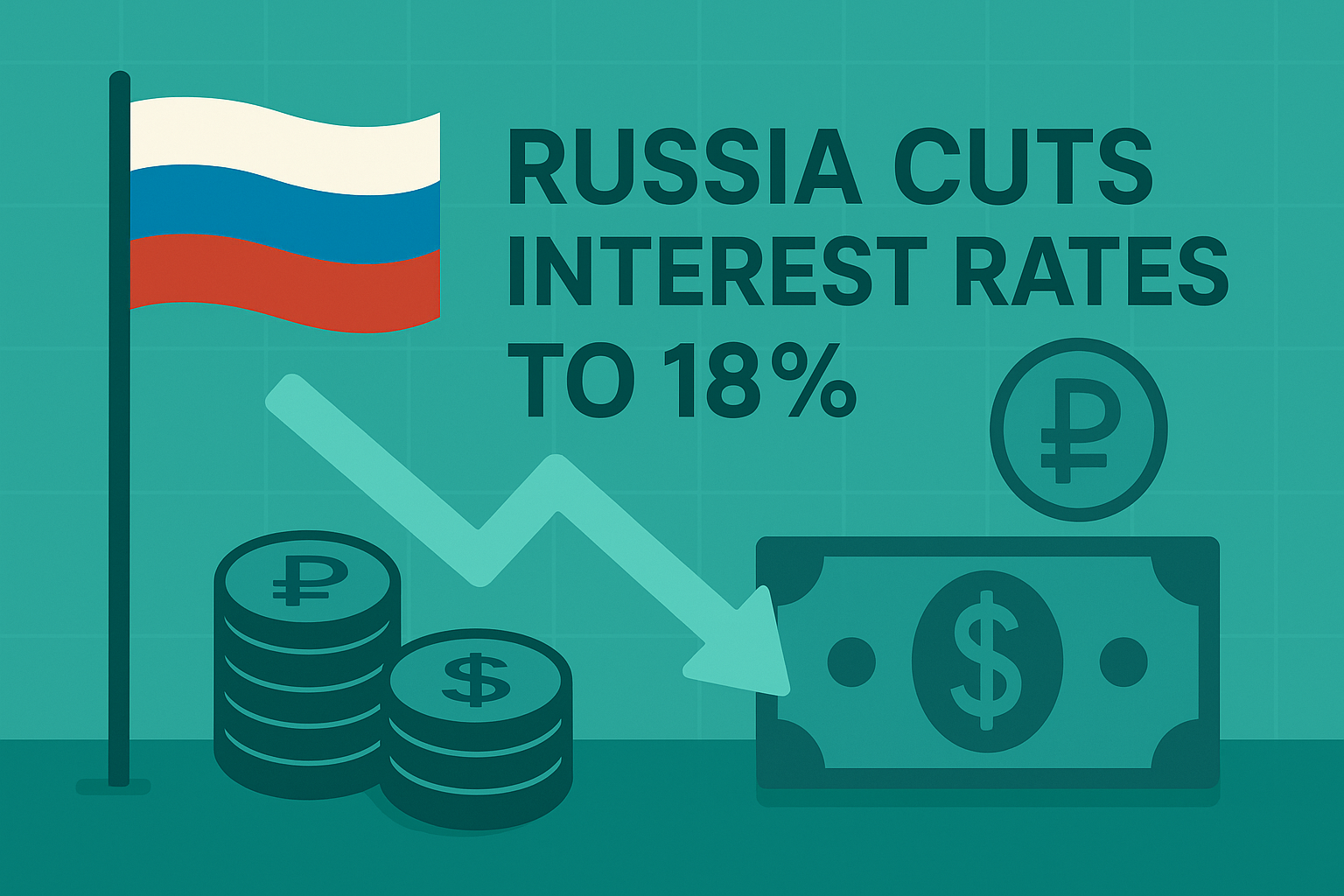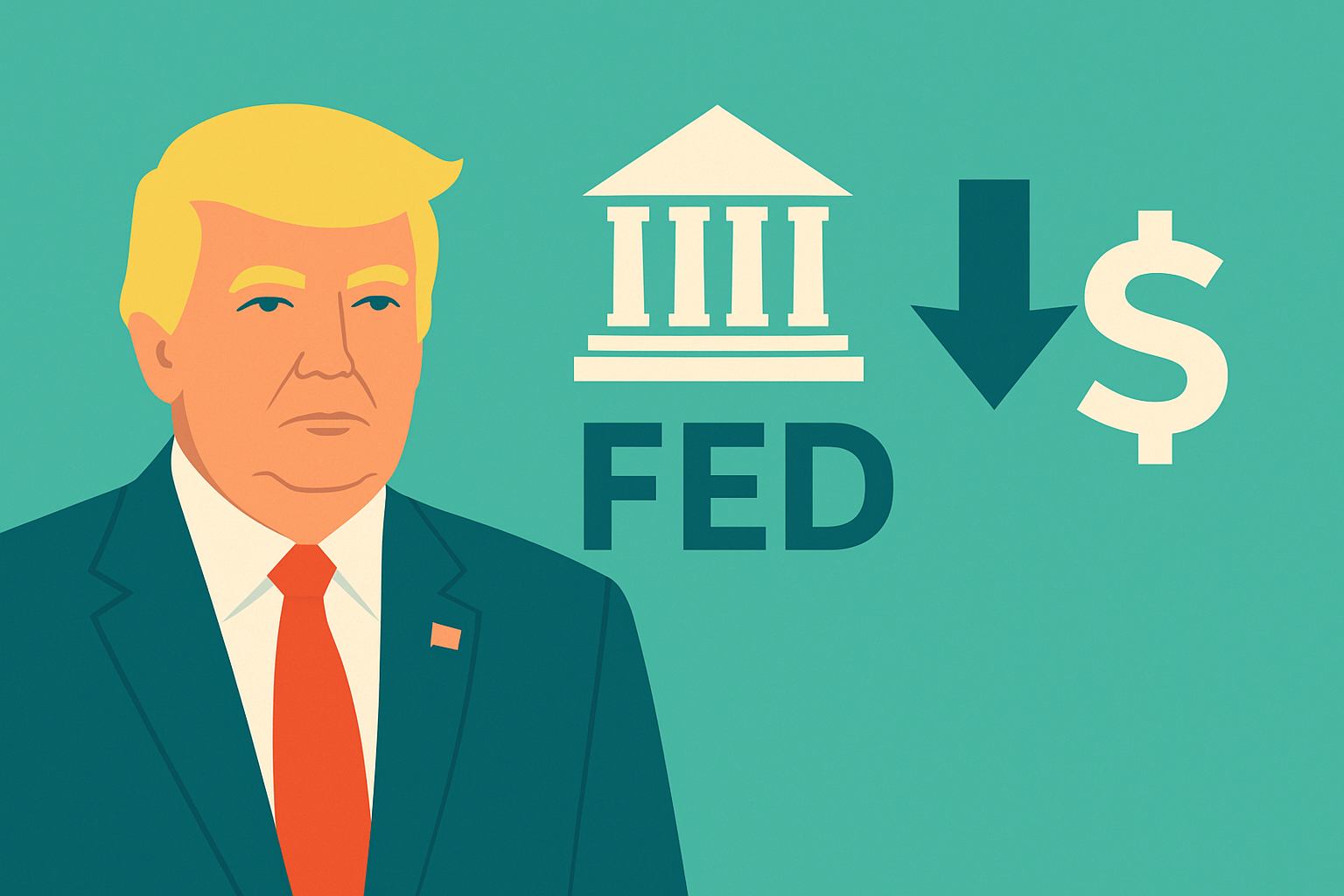— Balancing Inflation Control and Currency Stability —
1. Background: Central Bank Policy Shift
On July 25, 2025, the Central Bank of Russia (CBR) lowered its key policy interest rate from 20% to 18%, implementing a 200 basis point cut—its largest since early 2022.
This shift marks a pivotal transition from emergency monetary tightening to a cautious return toward growth-supportive policy, as inflation shows signs of softening and credit market stress emerges.
2. Ruble Performance and Pre-Cut Momentum
- Pre-cut strength: In the first half of 2025, the ruble appreciated by approximately 45% against the U.S. dollar, buoyed by high interest rates, tight capital controls, and strong energy export earnings.
- The ruble hovered near 80 RUB/USD heading into the rate cut decision, outperforming expectations due to a combination of fiscal surplus and external current account strength.
3. Currency Impact of the Rate Cut
Despite the sizable 200 bp cut, the ruble remained largely stable, signaling that:
- The cut was well-telegraphed to markets, reducing surprise effects.
- Russia’s real interest rate remains deeply positive, preserving capital inflows.
- Governor Elvira Nabiullina emphasized that the exchange rate is not the primary policy target, but rather a derived effect of inflation and financial stability management.
4. Structural Effects on the Ruble
| Factor | Outlook | Description |
|---|---|---|
| Export Competitiveness | ✅ Slight improvement | A weaker ruble increases export revenues in ruble terms, especially in energy and metals. |
| Inflationary Pressure | ⚠️ Elevated risk | A depreciating ruble could increase import prices, risking reacceleration of inflation. |
| Market Confidence | ⚖️ Mixed | Transparency from the CBR has helped anchor expectations, though sanctions and geopolitics weigh heavily. |
| Capital Flows | 🟰 Stable | Capital account restrictions and tight fiscal management have offset outflow pressures. |
5. Risk Scenarios and Future Path
🔻 Scenario A: Controlled Depreciation
- The Russian government has informally signaled that a weaker ruble (e.g., 100 RUB/USD) may be “acceptable” to support the budget via energy-linked revenues.
🔺 Scenario B: Geopolitical Shock
- A severe deterioration in external trade conditions, energy prices, or further Western sanctions could trigger sharp depreciation, forcing renewed intervention or tighter policy.
🔄 Baseline
- A gradual rate-cutting cycle is expected to continue into 2026, with the CBR managing a narrow corridor between inflation control and growth support.
6. Conclusion and Recommendations
- The rate cut has not meaningfully undermined ruble stability due to strong real rates and pre-emptive communication.
- Going forward, the ruble will remain sensitive to inflation expectations, fiscal balance, and geopolitical risk.
- A flexible, data-dependent approach is required, with clear forward guidance and inflation-target credibility as the anchor.
Policy Watchpoints
| Policy Domain | Strategic Focus |
|---|---|
| FX Management | Limited interventions, supported by strong FX reserves and capital controls |
| Monetary Policy | Continue gradual easing if inflation trends allow; maintain real positive rates |
| Fiscal Linkage | Monitor oil and gas revenues, as ruble depreciation may boost ruble-denominated tax income but risks consumer inflation |
In conclusion, Russia’s current interest rate policy remains influential in stabilizing the ruble, even as geopolitical and structural risks persist. The Central Bank’s credibility and coordination with fiscal authorities will be crucial in navigating the delicate balance between inflation, growth, and currency dynamics.


